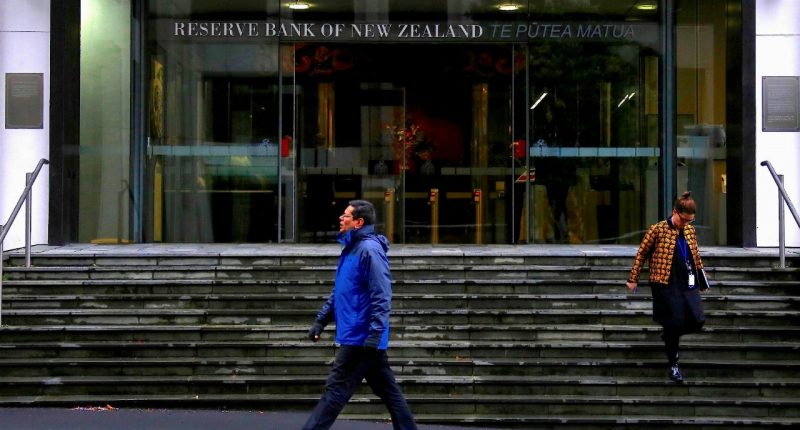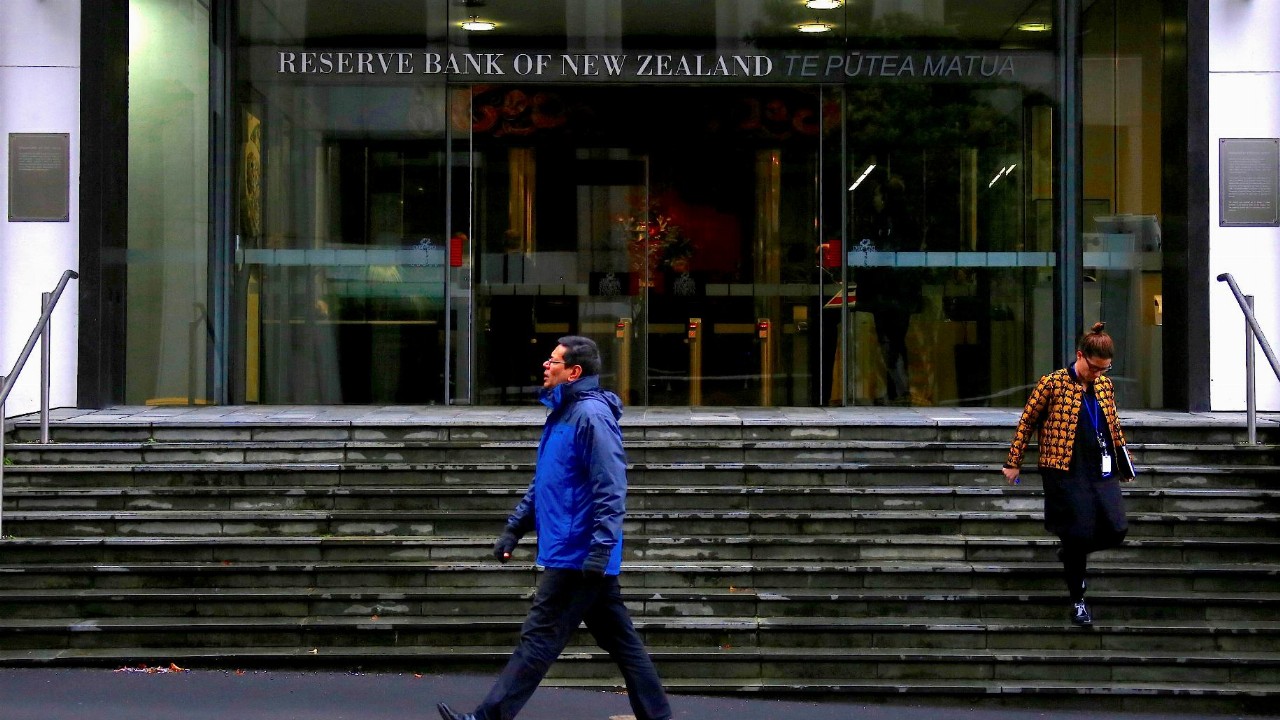- New Zealand is the first developed nation to increase interest rates for the second time in 2021, today lifting its official cash rate by 25 basis points to 0.75 per cent
- The Reserve Bank of New Zealand flags inflation pressures and a tight labour market as the key drivers of the rates hike
- The rates increase was largely anticipated among analysts, with markets having fully priced in a 25-basis-point hike earlier this week
- The New Zealand dollar eased to a six-week low of US$0.6914 (A$0.96) in response to the news
- With economic activity expected to recover over the coming months, the RBNZ has made the call to continue easing back pandemic-related fiscal and monetary stimulus
New Zealand has become the first developed nation to increase interest rates for the second time in 2021, with its central bank today lifting its official cash rate by 25 basis points to 0.75 per cent.
The Reserve Bank of New Zealand flagged inflation pressures and a tight labour market as the key drivers of the rates hike.
In a summary of the rates meeting, RBNZ Governor Adrian Orr said headline consumer price index (CPI) inflation was forecast to top above five per cent in the near term before reducing to the two per cent midpoint over the next two years.
“The near-term rise in inflation is accentuated by higher oil prices, rising transport costs and the impact of supply shortfalls,” Mr Orr said.
“These immediate relative price shocks risk generating more generalised price rises given the current domestic capacity constraints.”
He added that New Zealand employment currently sits above its maximum sustainable level, pushing the economy to perform “above its current potential”.
The rates increase was largely anticipated among analysts, with markets having fully priced in a 25-basis-point hike earlier this week, according to Reuters.
Still, the New Zealand dollar eased to a six-week low of US$0.6914 (A$0.96) in response to the news.
In its monetary policy statement, the RBNZ said recently re-introduced COVID-19 restrictions brought about volatility in local economic activity, tempering demand for goods exports.
With restrictions in some major markets to begin to lift from early December, New Zealand GDP is forecast to rebound before the end of the year.
“However, the recovery in activity is not expected to be as rapid as that following the nationwide lockdown in 2020,” the RBNZ said.
“In our recent conversations with businesses, several noted the negative and compounding effects of multiple lockdowns over the past 18 months.”
Still, with economic activity expected to recover over the coming months, the central bank has made the call to continue easing back the fiscal and monetary stimulus introduced to help curb the economic impacts of the pandemic.
Over the third quarter of 2021, New Zealand’s inflation rate was at its highest and jobless rate at its lowest in over a decade, at 4.9 per cent and 3.4 per cent, respectively.







